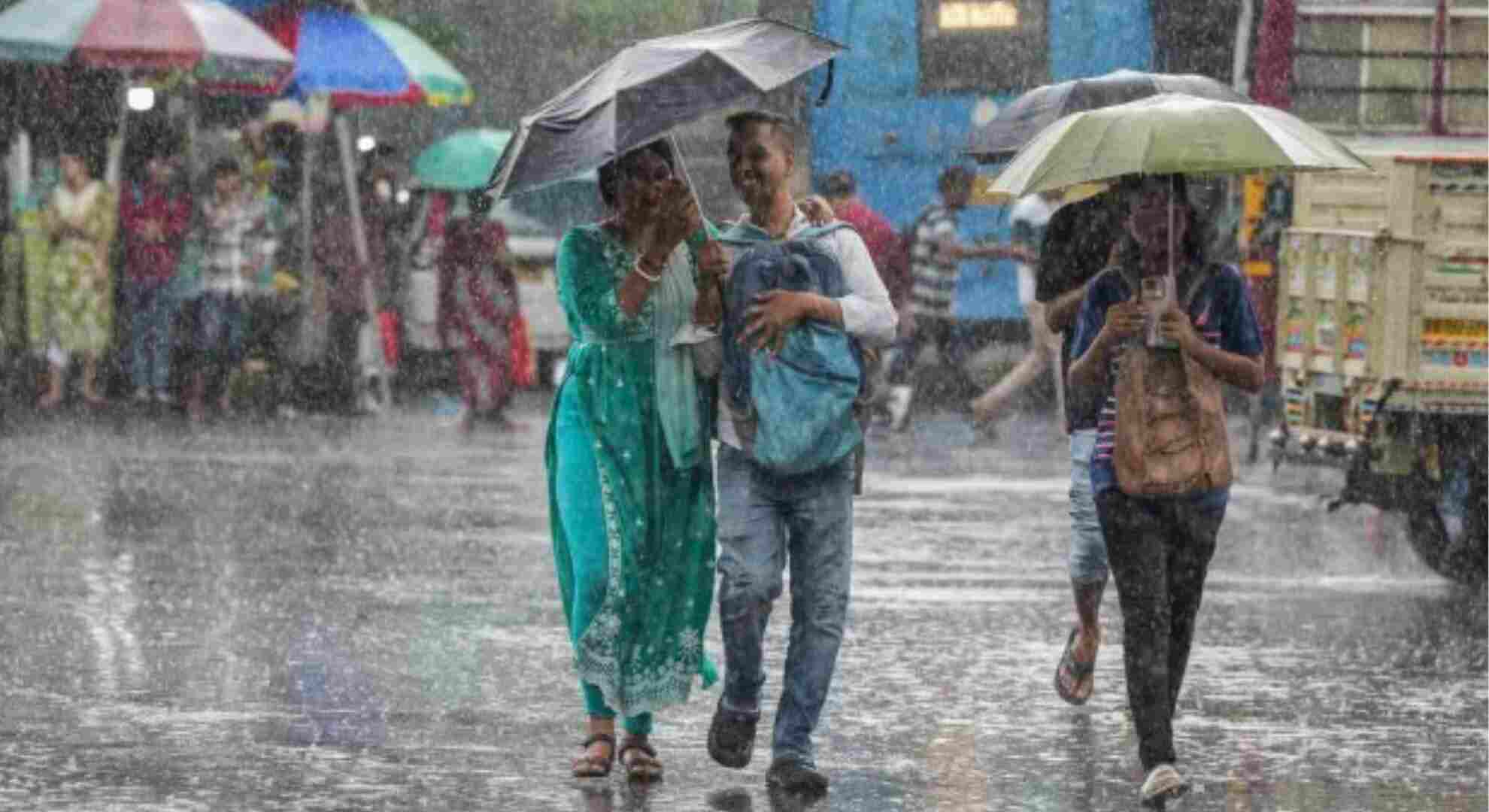
Mumbai and parts of Konkan and Goa are under an ‘orange’ alert until July 13 as the India Meteorological Department (IMD) warns of vigorous monsoon conditions. Heavy rainfall continues to batter these regions, causing significant impacts in Raigad, Ratnagiri, and Sindhudurg districts of Maharashtra, and various areas in Goa.
Dapoli, Malvan, and Mhasla received 230 mm of rain each within 24 hours, while Murud, Dodamarg, Pernem, and Vengurla recorded substantial rainfall between 170 mm and 210 mm. Mumbai itself, along with other locations, saw approximately 160 mm of rainfall during this period.
The Konkan-Goa region is renowned for its exceptionally high monsoon rainfall, often reaching up to 5,000 mm annually, with July and August being particularly wet months. The current monsoon trough is positioned farther south than usual, enhancing rainfall over central and north peninsular India. The western coast is experiencing intense rainfall due to the influence of strong westerly winds from the Arabian Sea, especially along the windward side of the Western Ghats.
An offshore trough between Maharashtra and northern Kerala, coupled with a cyclonic circulation over Gujarat, is further intensifying these weather conditions. The IMD has cautioned against isolated heavy rainfall over Konkan, Goa, and Madhya Maharashtra from July 11 to 13, predicting squally winds of 35–45 km/hr, gusting up to 55 km/hr, along with rough sea conditions. Fishermen in northern Maharashtra have been advised to avoid venturing into the sea during this period.
These weather patterns are typical during the monsoon season, driven by the interaction of the monsoon trough and various synoptic systems, which collectively sustain active monsoon conditions across the region.















